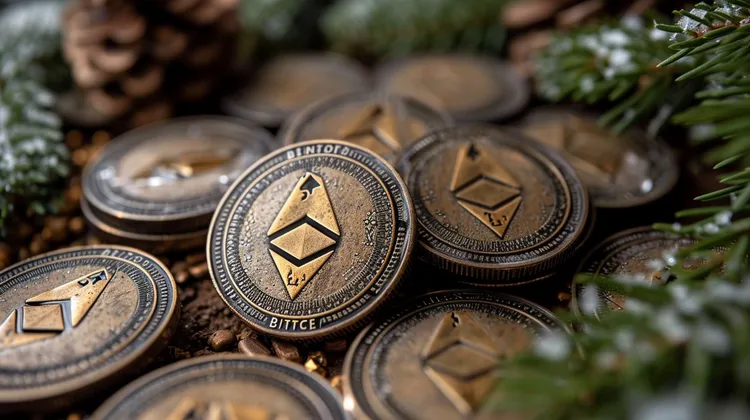The ever-expanding world of cryptocurrencies has witnessed another important update that has caught the attention of investors and traders alike. Binance, one of the world’s leading cryptocurrency exchanges, has announced the addition of nine new cryptocurrencies to its already extensive list. This move marks a significant development in the crypto ecosystem, offering market participants increased opportunities for diversification and investment. Before market enthusiasts dive into their digital wallets, there’s a catch that needs to be considered.
These nine cryptocurrencies were meticulously selected by Binance over the past months after a strenuous vetting process that emphasized utility, innovation, and community strength. The listed tokens represent a mixture of DeFi (Decentralized Finance) projects, governance tokens, and unique blockchain networks poised to contribute to the industry’s growth. While this expansion in offerings showcases Binance’s commitment to broadening market access, the ‘catch’ lies in the intricate details associated with trading and utilizing these new assets.
Firstly, while Binance has listed these new tokens, they are not immediately available for trading across all pairs or on all of Binance’s platforms. Often, new cryptocurrencies are initially paired with major cryptos like Bitcoin (BTC), Ethereum (ETH), and Binance’s own Binance Coin (BNB), or with stablecoins such as Tether (USDT). This can limit the immediate trading strategies that can be employed with these newly listed assets.
Another major consideration for Binance users is the geographical restriction that comes into play. Due to regulatory differences across regions, some users may find that they are unable to access or trade these new currencies. It is crucial for traders to check their local regulations and the availability of these tokens in their region before making any decisions.
While Binance conducts due diligence before listing any token, the inherent risk associated with trading cryptocurrencies remains high. The catch here is that newly listed tokens can exhibit high price volatility and lower liquidity compared to more established cryptocurrencies. This can result in more significant price swings and potentially lead to rapid changes in portfolio value.
As a preventive against money laundering and other illicit activities, Binance has introduced measures that could impact the convenience of trading these new tokens. Users might be required to complete additional Know Your Customer (KYC) processes or adhere to stricter withdrawal limits for some of these freshly listed assets. This can create an extra layer of complexity for those looking to include these new options in their trading strategies.
Binance’s listing fees for new tokens are generally shrouded in secrecy, leading to a lack of transparency regarding the cost that projects have to pay to be listed. This can have an indirect catch for investors as these costs might be passed along through tokenomics or could affect the developmental budget of the projects involved.
It’s also important to note that, while Binance provides a platform for these tokens, it does not take responsibility for any potential technical issues that may arise from these new blockchains or tokens. The responsibility to do one’s research and due diligence lies heavily on the user’s shoulders, emphasizing the risk management aspect that comes with trading newer cryptocurrencies.
Binance usually introduces a limit on the maximum number of tokens that can be traded within a particular time frame after listing. For high-volume traders, this can be a significant restraint that could limit their potential trading strategies around these new listings. This control mechanism aims to ensure market stability but can be perceived as a limitation for some trading tactics.
On the upside, the listing of new cryptocurrencies on Binance often creates a sense of legitimacy and can lead to increased investor confidence in the newly added tokens. This can result in an uptick in trading volume and, potentially, an increase in the token’s value. This initial surge can sometimes be followed by a sharp correction as initial excitement wanes, highlighting the importance of timing and market sentiment in trading decisions.
For interested users who pass the eligibility criteria, it’s vital to keep an eye on Binance’s official announcements and understand the trading rules that accompany these new listings. Specifications such as trading limits, pair availability, and regional restrictions are usually detailed in these announcements.
The catch could also be an upside for those patient investors who are looking for long-term opportunities. New listings on Binance are often accompanied by educational content and increased community discourse, providing a chance for genuine engagement and understanding of the token, its ecosystem, and its long-term potential.
In essence, while Binance’s listing of nine new cryptocurrencies may be heralded as an exciting development for the market, the ‘catch’ aspects of regulatory hurdles, limited availability, potential KYC complications, and trading restrictions underscore the need for investor caution and comprehensive research. It is imperative for traders and investors to navigate these new listings with full awareness of the associated conditions and to adopt robust risk management practices to safeguard their investments in the volatile cryptocurrency market.



